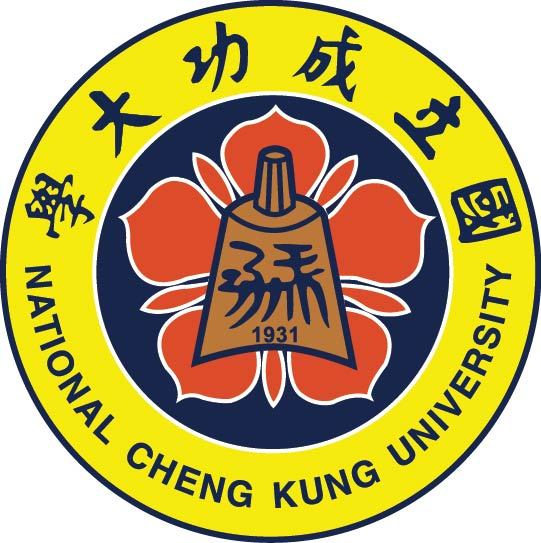Motion Analysis and Injury Prevention
Research Field
Dr. Cheng-Feng Lin got her BS in Physical Therapy and MS in Biomedical Engineering from NCKU, Taiwan, and Ph.D. in Human Movement Science from The University of North Carolina at Chapel Hill, US. Her specialties are lower extremity biomechanics, sports injury prevention, adaptive sports, and cancer rehabilitation. Her research primarily focuses on movement biomechanics in dancers and athletes, and musculoskeletal rehabilitation, which combines knowledge in rehabilitation, computer sciences, and bioengineering.
Our lab works on the topics related to rehabilitation medicine, and applied biomechanics on the lower extremity and spine. Our lab also works closely with orthopedic surgeons on the projects of musculoskeletal biomechanics and rehabilitation, with oncologists on the projects of physical activity on cancer patietns.
- Imaging and cortical excitability in athletes with ankle instability
- Muscle structure and its contribution to performance in athletes with hamstring strain
- Physica activity/fitness level on QoL in people with physical disability
- Training load and hormone changes in female athletes
- Physical activity and QoL in Patients with pancreatic cancer
Best Presentation Award 2020全球學生創新競賽--復建工程與輔具科技臺灣選拔賽 指導老師
| 2020 |
Best Presentation Award 2019全球學生創新競賽--復建工程與輔具科技臺灣選拔賽 指導老師
| 2019 |
Recipient of Award 創新教學團體組 第二名 | 2014 |
| 101 學年度系優良導師 | 2013 |
| 成功大學 99 學年度教學優良教師 | 2011 |
Recipient of Award 教學成果個人組 佳作 | 2011 |
Highly Commended for Young Investigator Award Sponsored by International Society of Biomechanics | 2010 |
Recipient of Award Innovative Teaching (教學創新個人組 佳作) | 2009 |
University of North Carolina at Chapel Hill, NC, USA Doctor of Philosophy, Human Movement Science Biomechanics Track Dissertation Title: A Stochastic Biomechanical Model for Risk and Risk Factorsof Sustaining Non-contact ACL Injuries | Dec. 2006 |
National Cheng Kung University, Tainan, Taiwan Master of Science, Biomedical Engineering Thesis Title: Ankle Biomechanics of Ballet Dancer’s Fundamental Movements |
Jun. 2003 |
National Cheng Kung University, Tainan, Taiwan Bachelor of Science, Physical Therapy |
Jun. 2001 |
